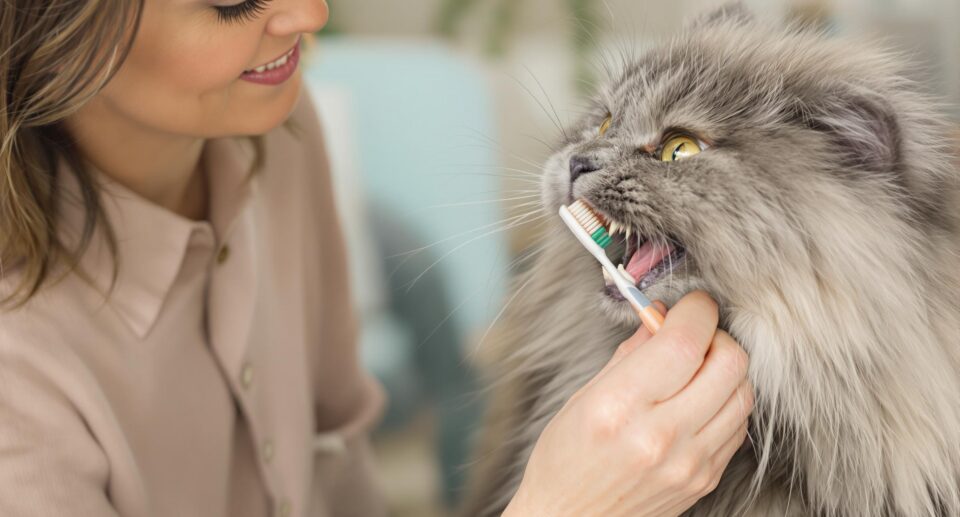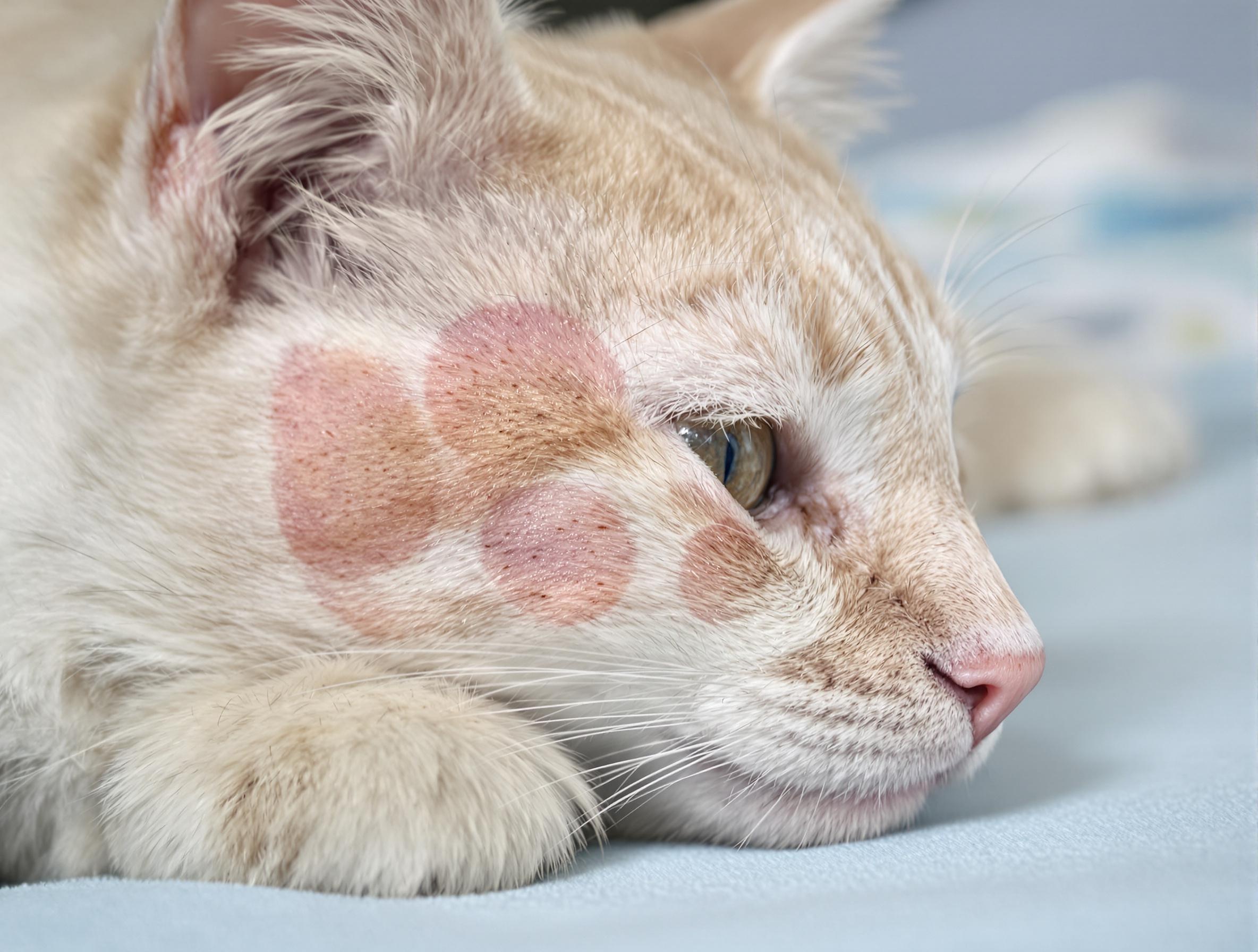5 Myths About Diabetes in Cats, Debunked

Diabetes is a life-changing diagnosis that affects up to 1% of dogs and cats. Thankfully, most pets adapt quickly, enjoying a healthier, happier life since starting treatment.
For pet parents, though, a diabetes diagnosis can be hard to accept, often coming with a slew of myths, misconceptions, and anxieties. In honor of Pet Diabetes Awareness Month, learn about the most common myths about diabetes in pets and what you should know if your dog or cat is ever diagnosed with this chronic condition.
1. Diabetes is only diagnosed in obese pets.
While obesity is a risk factor for diabetes in pets, it’s not true that your dog or cat does not have diabetes if they are not obviously overweight. In fact, many pets are underweight at the time of their diagnosis. This is because while they may experience excessive hunger, their cells are unable to absorb glucose from their bloodstream, so the body will burn fat and muscle for energy instead.
2. All diabetic pets need insulin injections.
Lifelong insulin injections are vitally important for pets with Type I diabetes, which includes the majority of diabetic dogs. Cats, on the other hand, are usually diagnosed with Type II diabetes, which can sometimes be managed with dietary changes, and can even go into diabetic remission. Regardless, always administer insulin as directed by your veterinarian and do not stop any medication unless under your vet’s guidance.
3. It’s difficult to administer insulin injections to a cat or dog.
Insulin is administered with a thin, sharp needle that will cause little to no pain. You may be advised to give insulin while your pet is eating, towards the end of their mealtime to ensure that their dose matches their food intake. With a little practice, many pet parents find that the extra step in their pet’s meal routine adds just a few seconds, and that their pet barely notices when they receive their insulin injection.
4.Pets with diabetes have a poor quality of life.
Dogs and cats with diabetes can have a relatively normal, healthy, comfortable life. Many can go on to live for a long time with treatment. As many as 90% of diabetic cats often go into remission, though dogs typically need insulin for the rest of their life. The majority of diabetic dogs will develop cataracts, which can be treated with surgery, and those that do experience vision loss tend to adapt quickly. Diabetic pets can enjoy healthy treats between meals, can exercise and play, and enjoy everything they loved before they were diagnosed.
5. Caring for a pet with diabetes will be too expensive.
Vet visits, medications, and prescription diet pet food can bring added costs, but do not have to get in the way of giving your pet the care they deserve. For pets with risk factors like age, weight, or those of a genetically predisposed breed, pet insurance can help manage costs should they ever be diagnosed with diabetes. For those with diabetes, you can find insulin, prescription pet foods, and more available on PetMeds with AutoShip.





